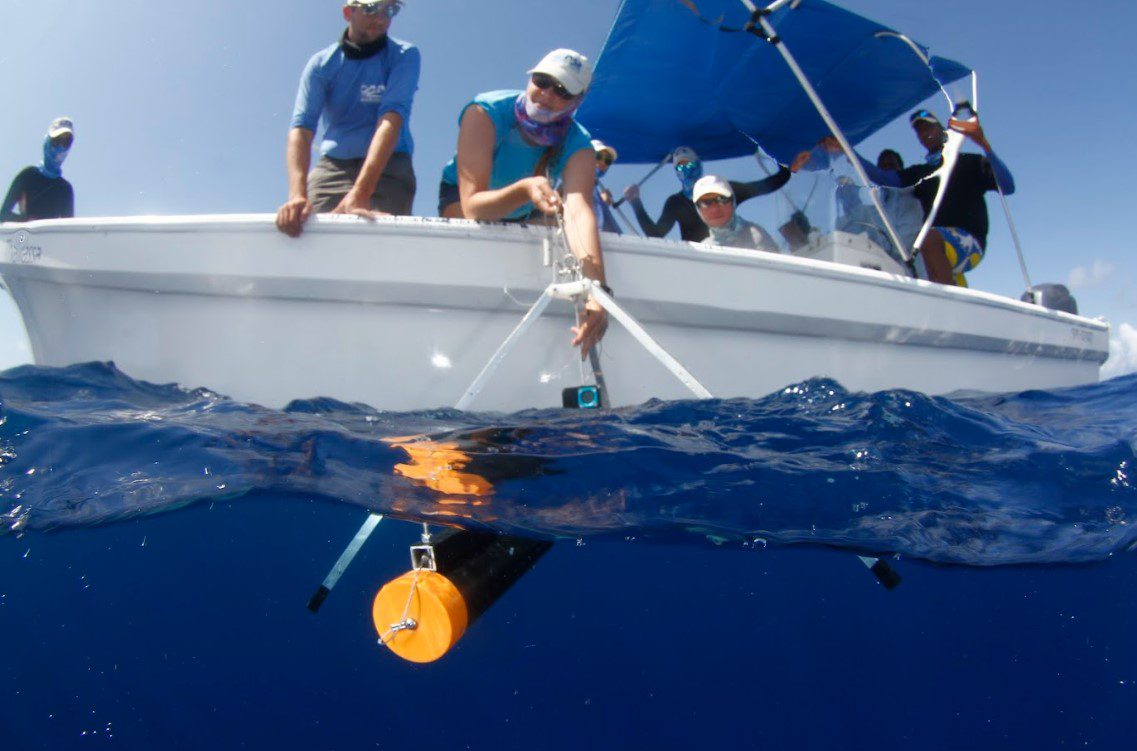This World Wildlife Day, we delve into the realm of digital innovation, spotlighting the transformative potential of digital conservation technologies and services in driving wildlife conservation and harmonious human-wildlife coexistence. In an ever more interconnected world, these advancements offer solutions that resonate now and for future generations, as we strive to safeguard our planet’s biodiversity and foster a balanced coexistence between humanity and wildlife.
![]()
![]()
Satellite tags are not new to marine conservation efforts, but the technology continues to improve at a rapid pace. They stand as a gold standard in the tracking and comprehension of marine species’ movements and the behaviors of different species. These sophisticated instruments, using satellite communication, furnish researchers with detailed data streams. These tags permit meticulous monitoring of species, as they can be specifically configured to suit the behavior of each species or study question. Sea turtles and great hammerhead sharks, for example, spend a lot of time at the surface of the water, so fin- or shell-mounted SPOT tags can be used to track these species in real time via an antennae, which transmit data to satellites when the tag breaks the water. Other species of sharks, such as night sharks, spend quite a lot of time in deeper waters, so in these cases we often use what are called pop-up satellite archival tags, which detach from the animal after a pre-programmed amount of time. These tags store all of the information internally, and transmit data packages only after the tag has made its way to the surface. Not only do satellite tags store information about the location of the animals, but they also have depth and temperature sensors, which give detailed data about the diving behavior of the animals.

Deep-sea exploration, a frontier yet to be fully explored, is undergoing a revolution thanks to innovative technologies such as deep baited remote underwater video (BRUV) landers. Designed to be low-cost and deployable from vessels of modest size, our landers enable researchers to conduct detailed surveys of deep-sea ecosystems, shedding light on previously unexplored regions and uncovering new insights into biodiversity and ecological dynamics.

As part of our ongoing commitment to democratizing access to scientific knowledge, we published a tracking page on our website. This resource allows individuals from all around the world to follow the movements of our satellite-tagged animals – such as sea turtles – on our long term marine monitoring work through the MesoAmerican Reef. By offering this platform, we aim to provide an opportunity for broader engagement with research and conservation science and fostering a deeper connection to the natural world.

On another hand, the rapid evolution of technology – particularly in realms such as virtual reality (VR), augmented reality (AR) or the Metaverse – holds immense potential for revolutionizing conservation outreach and education on a global scale. Through innovative tools like VR underwater videos and immersive exhibitions, we are working on projects that showcase how technology can be harnessed to raise awareness and inspire action for environmental preservation.

By creating interactive exhibitions such as our Metaverse Exhibit accessible through platforms like the Spatial app or impressive VR underwater videos of stunning coral reefs or shark dives on Youtube, our initiatives offer individuals from diverse backgrounds the opportunity to engage with conservation efforts in unprecedented ways. This fusion of cutting-edge technology with conservation messaging not only enhances outreach but also democratizes access to environmental education, transcending geographical barriers and fostering a deeper connection to our natural world. As we continue to harness the power of new technologies, the potential for driving positive change in conservation efforts grows exponentially, paving the way for a more sustainable future for generations to come.
In the quest to safeguard our planet’s oceans, technological innovation has emerged as a pivotal force, offering transformative solutions to the intricate challenges facing conservation and education.



